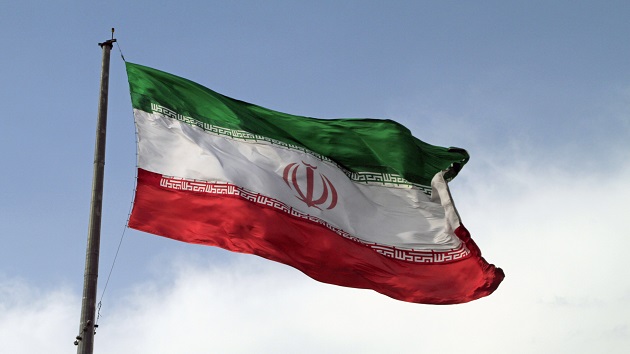(TEHRAN, Iran) — Seven months after the beginning of the “Women Life Freedom” movement in Iran, a tangible impact is being felt across the country as many women are still refusing to wear their hijab in public and they continue to share their stories on social media.
“This is life. This is womanhood. I will never forget the epic feeling I had the day I went out with my friend and saw how we, women, have conquered the city with our bodies, with our hair in the wind,” Ava, a Tehran-based musician in her mid-20’s, told ABC News on condition of anonymity so she could speak freely about the movement.
“I feel that our mere presence on the streets is an act of resistance. Practicing everyday life as we want is a part of our revolution,” she added.
Meanwhile, hardliner supporters of the Islamic Republic regime have been gearing up for severe pushbacks against the resistance movement.
In an address to Iran’s top officials on Tuesday, Ayatollah Ali Khamenei, leader of the Islamic Republic, said that removing the hijab is a “plot” designed by “the enemy” and is “haram based on Sharia and also politically” as he urged authorities to develop plans for the “issue.”
The recent protests began last fall following the death of Mahsa Amini, a 22-year-old who was taken into custody by the morality police after she was arrested for not properly wearing a hijab. At least 22,000 people were arrested across the country in the ensuing protests and Iran Human Rights reported that at least 537 people were killed by the regime since the beginning of the protests.
The leader’s speech came after some videos of the regime’s conservative supporters went viral as hardline supporters made it clear that if officials do not demonstrate an ability to fight back against the liberation movement that they would “take spontaneous action.” In the past decade, such threats have led to incidents like acid attacks against women who have not fully adhered to compulsory hijab rules.
“The order given by his excellency is clear,” Mohammad-Bagher Ghalibaf, a speaker for the Iranian parliament, said one day after the leader’s speech as he promising hardline supporters that any bills or plans about hijab would be prioritized.
A plan of action has been presented by parliamentarian Hosein Jalali, according to a report by the semi-official Jamaran News Agency on March 26. In a press conference, he stated that women not abiding by the compulsory hijab rule could be fined up to $60,000 and other punishments like the cancellation of driver’s licenses and passports could occur as well.
Questions of enforcement of these proposals, however, have not resonated much so far among many Iranians.
“I do not listen to what they say. Politics and religion must serve life, otherwise they are doomed to fail. That old fear many people used to has been diminishing. We are getting prepared to move on,” Ava said. “Even in smaller cities, the ‘woman, life, freedom’ movement has been accepted in different levels.”
While the “ultimate demand and goal” of Zahra, 47-year-old housewife from a conservative neighborhood of Isfahan is to topple the regime, she told ABC News that people appreciate achievements of protestors’ “big sacrifices.”
“My old mother has decided not to wear chador [the long black veil] anymore. She now believes by not wearing it that she can normalize her grandchildren and her nieces’ decision to remove the hijab altogether,” Zahra said.
“We know there is still a long way to get to economic and social freedom and well-being. But my super religious mother wants to support our daughters in their decision of how to dress. And It is a big change so far,” she added.
Copyright © 2023, ABC Audio. All rights reserved.












